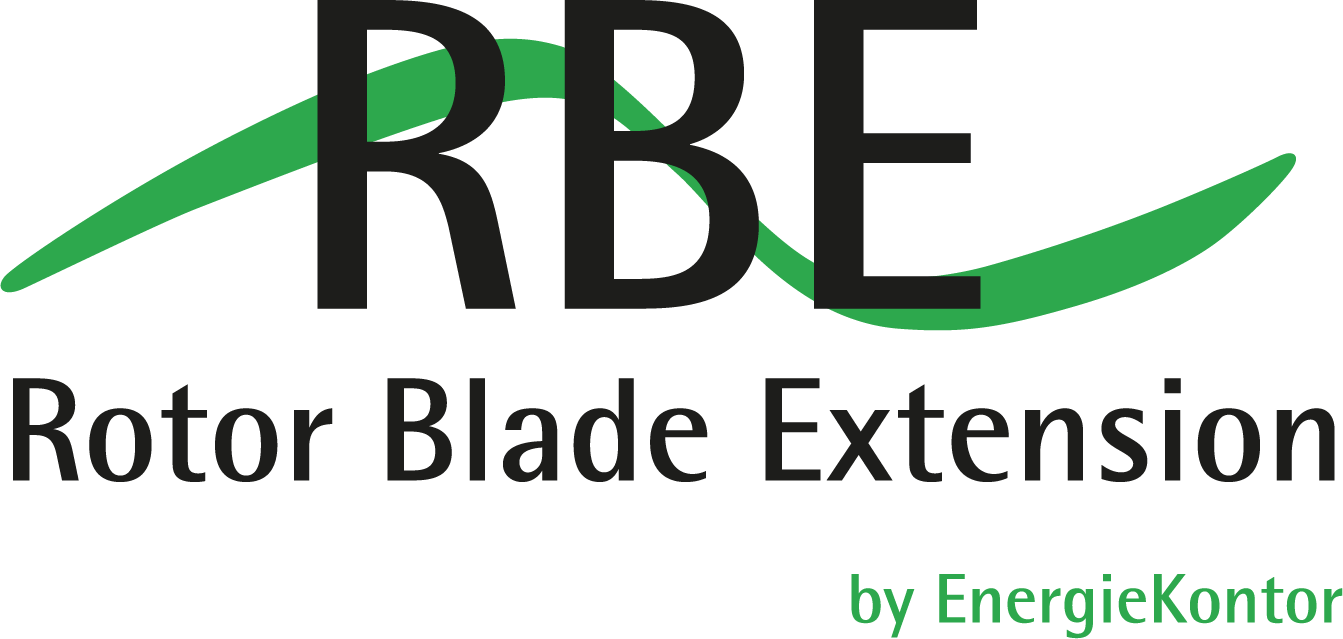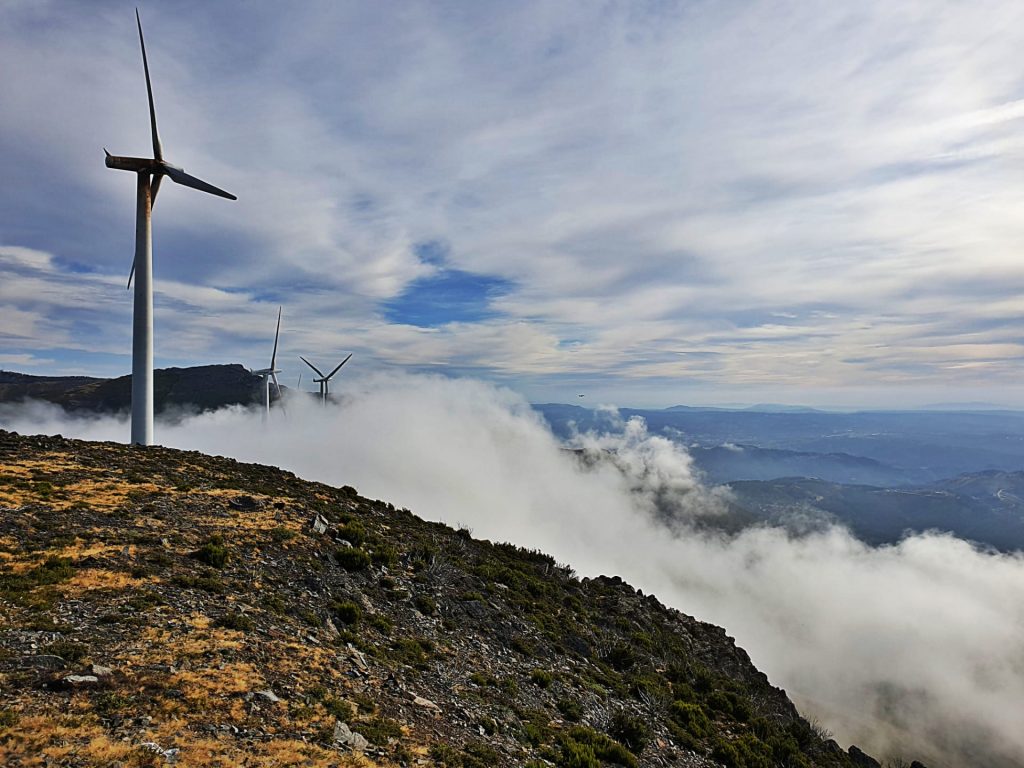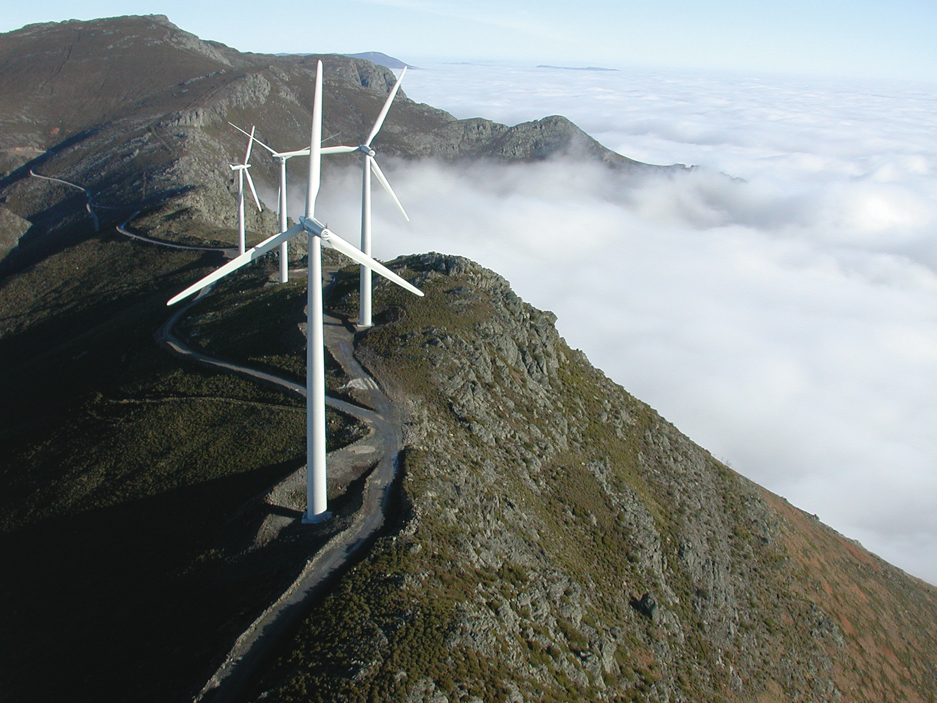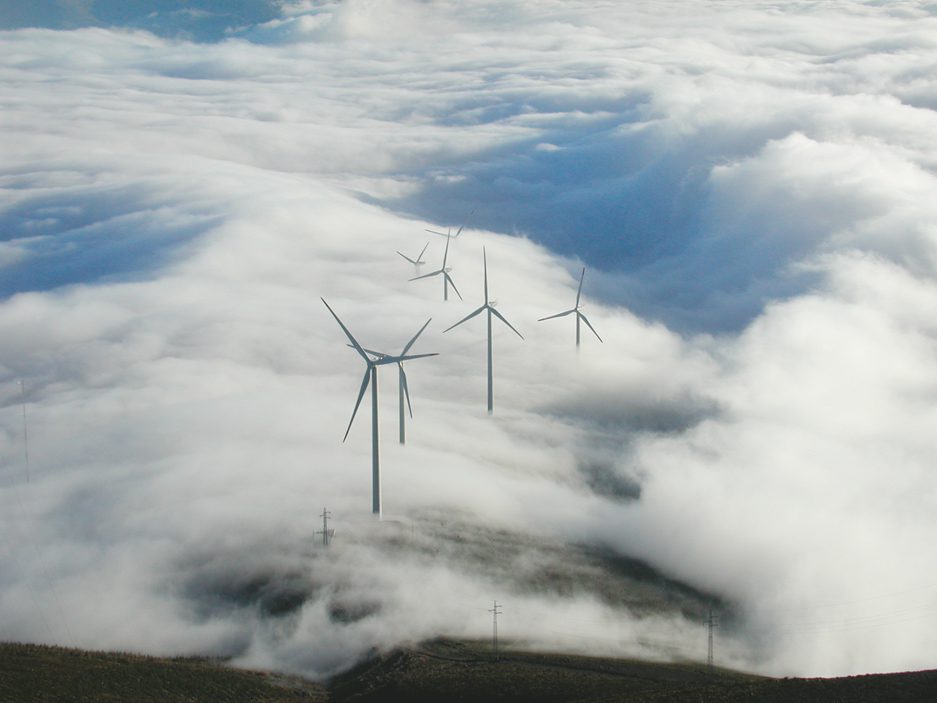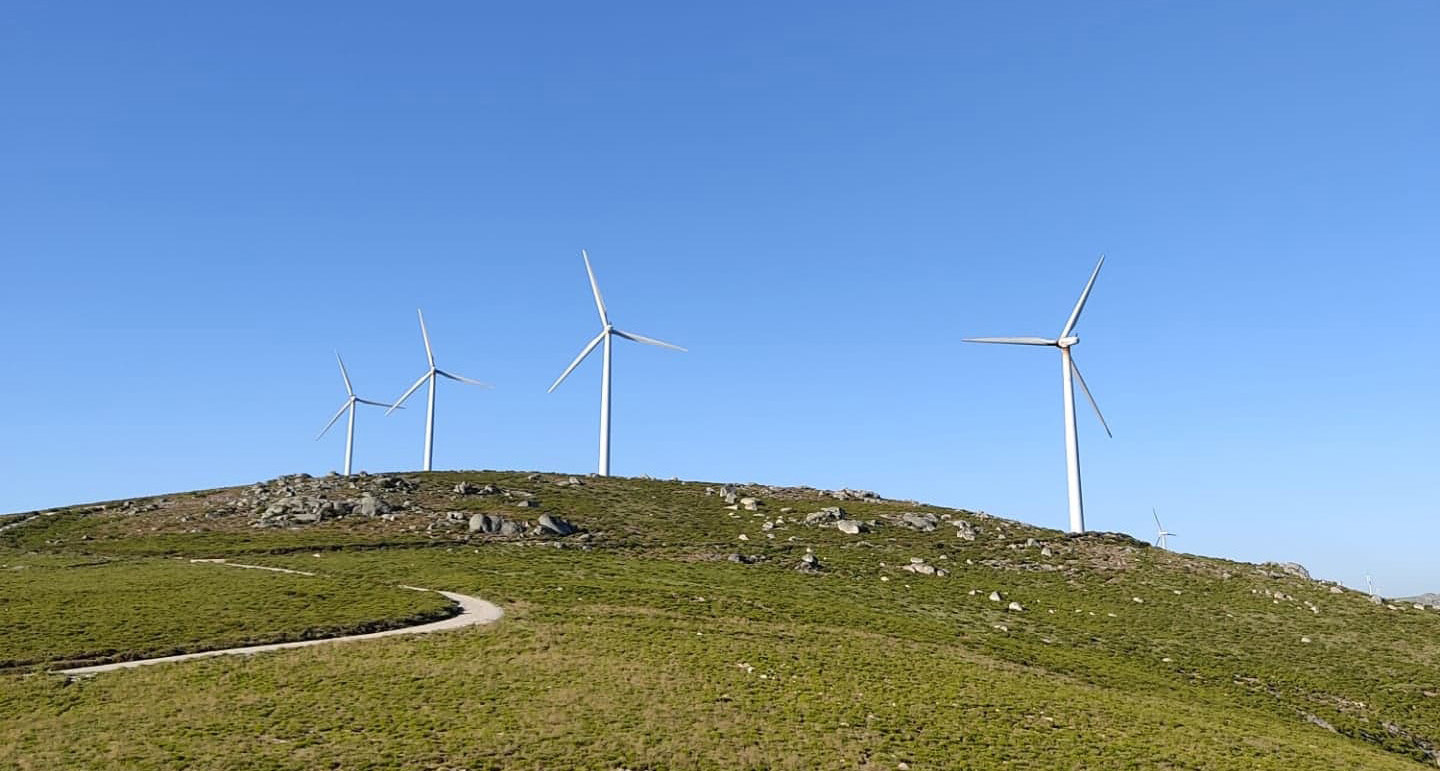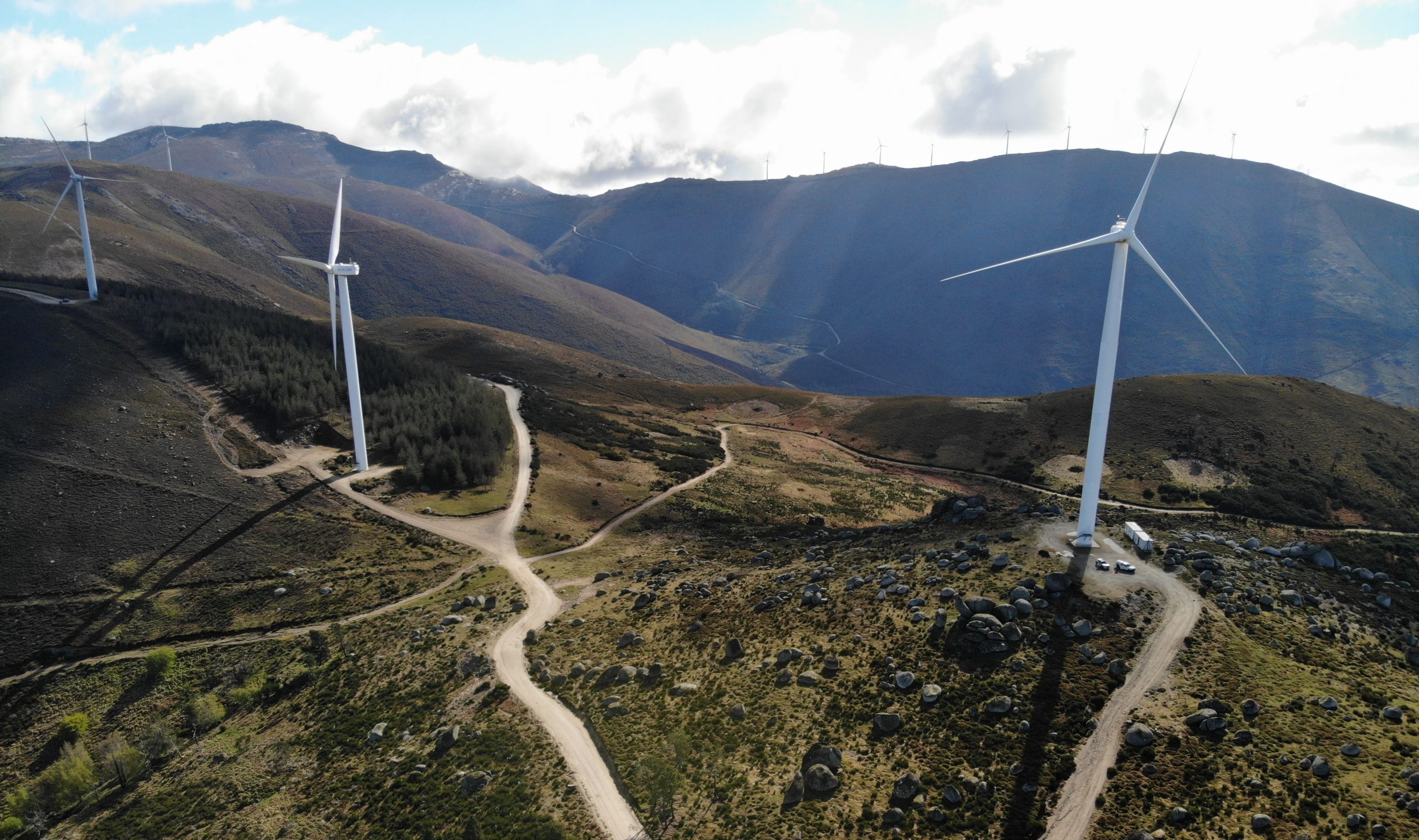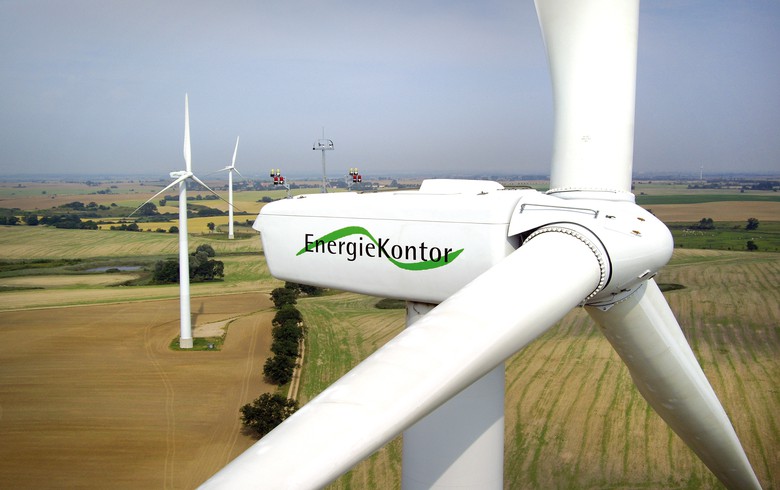Compared with a repowering wind farm project, the RBE – Rotor Blade Extension technology consists in a more economic and ecological approach to improving energy generation.
In the past, some wind farms were installed at sites that do not match appropriate wind classes. The reasons may range from insufficient planning tools or lack of experience of wind farm developers. This has resulted in annual energy generation losses and sometimes a shift of the park economy towards critical regions. In order to increase the annual energy generation of a wind farm or a single turbine, a number of solutions for improvement have been examined and experimentally tested at such sites.
The project at issue was commissioned and initiated by Energiekontor, the wind farm owner and operator. As research partner, the University of Applied Sciences Bremerhaven was responsible for the design, load assumptions and measurements. The tip extensions have been constructed in Germany and DEWI-OCC followed up the project as the accredited certification body.
In order to improve rotor efficiency, an in-depth knowledge of the turbine design is needed. Accordingly, in order to modify the blades to increase energy generation some properties of the whole turbine may change as well. These are for example the increase in ultimate and fatigue loads, the change of the natural component frequencies, control behaviour, noise emission and finally the document that certified the type of turbine. This research was based on the equation of the power curve of a wind turbine, which can be expressed as:
P = ρ/2 · v3 · cp · Arotor
P – electrical Power
ρ – air density
v – wind speed at hub height
cp – rotor power coefficient
Arotor – swept rotor area
Not all the parameters can be modified to optimise an existing turbine. According to the vertical wind profile, the height of the tower can be increased to raise wind speed. As power grows with cubic law, an increase in hub height will result in an economic solution for a new installation. For low wind speed sites, a smaller generator can be mounted which features a higher efficiency at low wind speeds compared with a higher installation. Both methods bear high costs. Furthermore, rotor efficiency can be increased by optimizing the aerodynamics or the control strategy. Finally, the rotor area can be augmented by increasing rotor diameter. All these modifications can be applied if a wind turbine is optimised for an inland site in its original design by the manufacturer.
However, if the “wrong” turbine is chosen by the wind farm designer or the long term wind potential is found to be too optimistic most of the previously mentioned parameters cannot be modified without spiralling up prices. The increase in rotor diameter has been identified as the best value for money choice. Two methods can be applied:
- The use of an extensor to be added, between the hub and the blade root;
- An extension at the blade tip.
As regards the first option, rotor blades must be removed, which calls for a wide-ranging intervention in the structure and a too large increase in the deterministic loads on the turbine components. The second solution can be applied directly to the rotor, which is best to effectively address the problem.
As far as the analysed wind farm is concerned, eleven 1 MW turbines designed for the IEC class II or wind zone 3, according to the German Institute for building techniques (DIBt), have operated for 8 years at lower throughput rates than expected. Measurements of wind conditions as well as monitoring of energy output since the erection of the wind farm showed that the wind potential was far lower than originally expected and the turbines were designed for higher wind zones.
A prototype set of a rotor blade tip extension has been designed, manufactured and successfully tested in laboratory and on the field. The measurement campaign showed expected changes of the natural frequencies of about -2.5% and no resonances or undue vibrations have been found. The modified turbine was tested up to high and very high wind speeds. No additional noise could be recognized. The accompanying certification procedure proved to be an effective tool for the type of project.
The Rotor Blade Extension installation confirmed the expected output improvement. This could be validated by several months’ operation in comparison to the neighbouring turbine, which was monitored in an earlier long term campaign. The return on investment of the serial modification is three years.
The assembly of the tips on-site and on a hanging blade, which avoids the need for heavy cranes and long downtimes, has been tested and proven to be a good methodology. Therefore, the overall modification costs of a single turbine involve an economic and ecological improvement without repowering a wind farm entirely.
Learn more about the installation of Rotor Blade Extension on a hanging blade or contact us for more details on how to increase output of your wind farm.
Read the full paper entitled “Improving instead of Repowering: a Technical, Ecological and Economic approach”, published by Henry Seifert (Hochschule Bremerhaven; Institute for Wind Energy fk-wind), Jürgen Kröning (DEWI – OCC GmbH), Hergen Bolte and Torsten Rotermund (Energiekontor AG).
